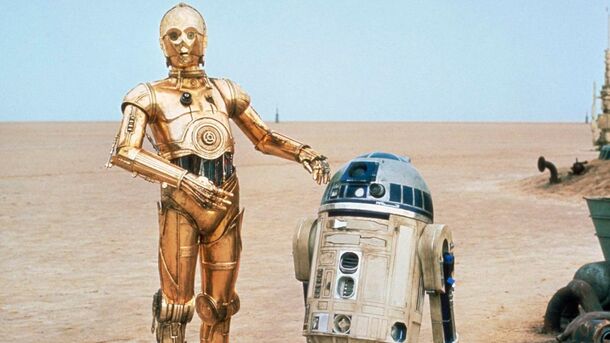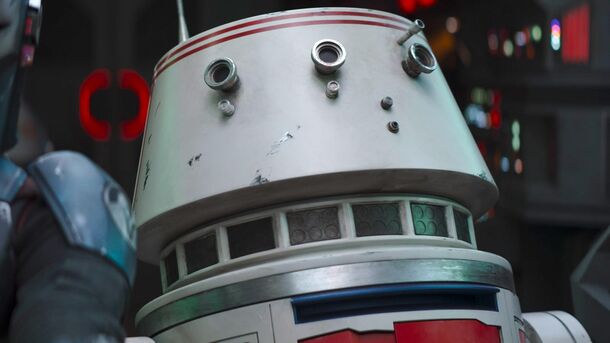Do Droids Dream of Electric Sheep? Star Wars’ Sentient AI Explained

Star Wars is famous for its unique droids, but the question of whether they're actually alive isn't as obvious as it seems.
Summary:
- Many droids play important roles in Star Wars, but the films do not definitively answer whether they can be considered living beings
- Some machines can even feel pain, and restraining bolts are often used in the franchise, which seems rather inhumane
- However, there are some obscure answers to lingering questions about droid sentience and more
The question of whether sentient machines can actually be considered alive has been raised countless times in many sci-fi projects, from Blade Runner and Ex Machina to Ghost in the Shell and even family-friendly animated films like WALL-E.
However, despite Star Wars being a massive space opera franchise with many memorable and almost human droids, the question has been suspiciously overlooked in its major installments.
While this may be explained by the fact that Star Wars is more of a "space fantasy" than actual science fiction, focusing on epic confrontations between the forces of good and evil rather than more mundane matters, the answer to the question of whether droids can actually be considered living beings is far more complicated than one might expect.
Are Droids in Star Wars Sentient?

First of all, are droids sentient? Well, officially they're not, because according to Star Wars creator George Lucas, their primary purpose is to be "servants of man," but he didn't want them to look like cold machines, because Lucas actually loves droids.
So the most human-like of them (as there are countless models of droids, some with vivid personalities, others with the charisma of a refrigerator) are just programmed to act that way to look friendly and likable.
However, some are able to transcend the limitations of their programming, especially if the droid has not undergone frequent memory wipes, and develop something resembling an actual personality, though such cases are rare.
Why Do Some Droids in Star Wars Feel Pain?

However, it remains a mystery why some of the droids seem to be programmed to feel pain while others are not, and no official explanation has been given in the nearly fifty years that the Star Wars franchise has existed.
R2-D2 clearly acted as if he felt pain on several occasions, and a particular scene from Episode VI shows a GNK Power Droid being tortured in Jabba's palace, while IG-100 MagnaGuard Droids from Episode III and Dark Troopers from The Mandalorian series seem unaffected by the damage done to them.
There are several fan theories, the two most logical being that either pain chips were massively installed in them after The Clone Wars to prevent the rise of another droid army, or that non-combat droids feel pain in order to adequately assess hazards, while for combat droids it would only be a disadvantage.
Do Star Wars’ Droids Have Rights?

Another curious thing about the status of droids in the Star Wars universe is that if they are so close to being "alive," wouldn't using them be borderline slavery?
After all, restraining bolts, which are used to enforce obedience in droids and limit their functionality, are a fairly common thing in Star Wars, and droids can't remove them on their own.
During the era of the Galactic Republic, droids had no real rights, and after the Clone Wars the situation became even worse, as the public's memories of their role in the war were still fresh, and the Galactic Empire encouraged this distrust by treating them as nothing more than property.
While there were some movements for droid rights, the big change came after the establishment of the New Republic, as many droids played a large part in defeating the Empire, and were now treated as sentient beings.
So the answer to the question of whether the droids are alive is both yes and no, as they are not technically sentient, but can eventually become so, and still deserve to be treated with respect, as they are not entirely soulless machines.